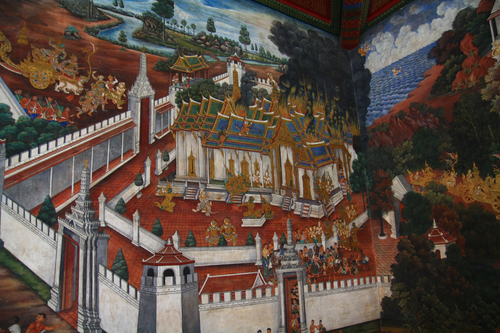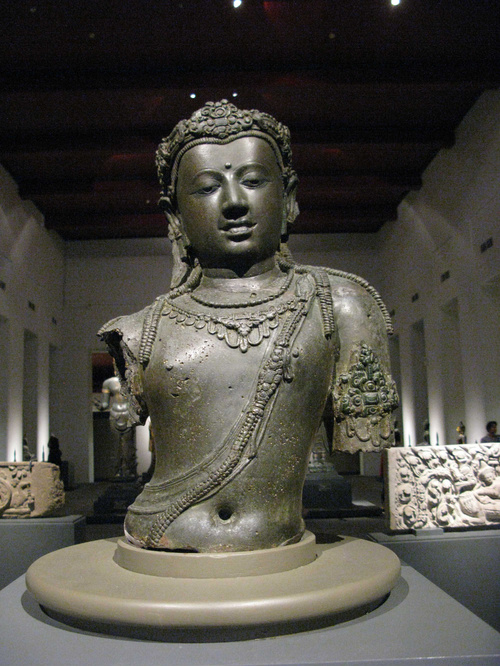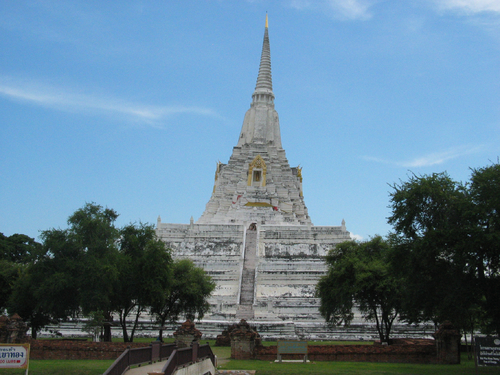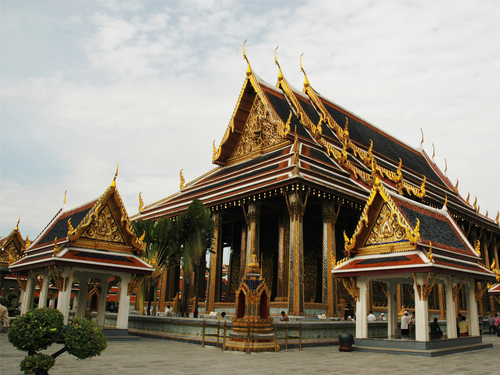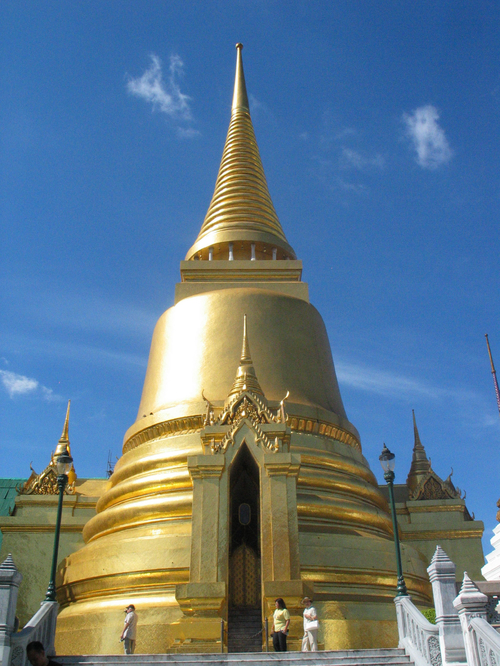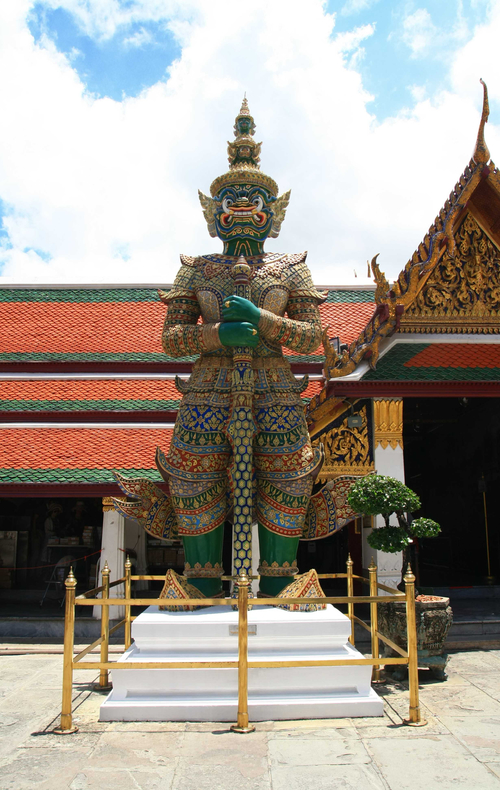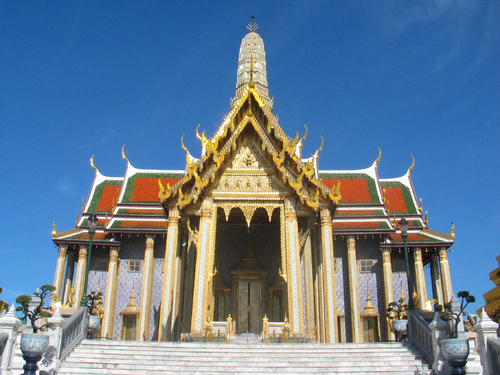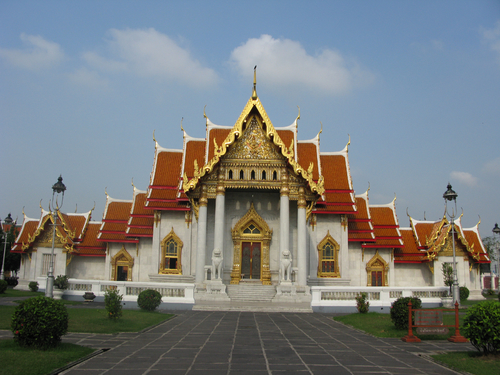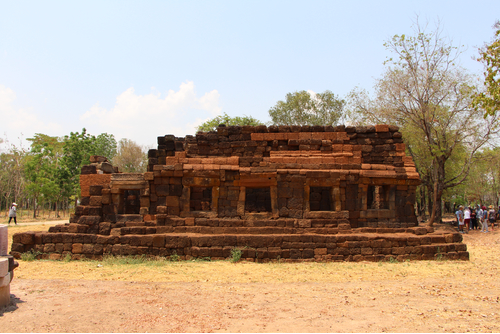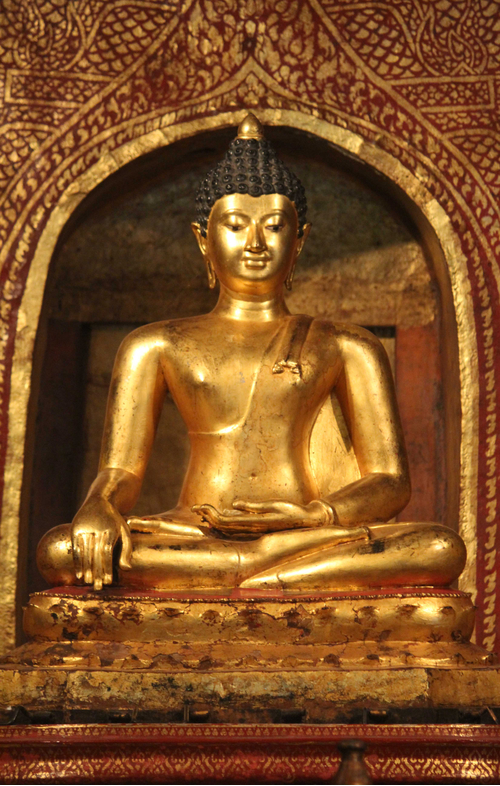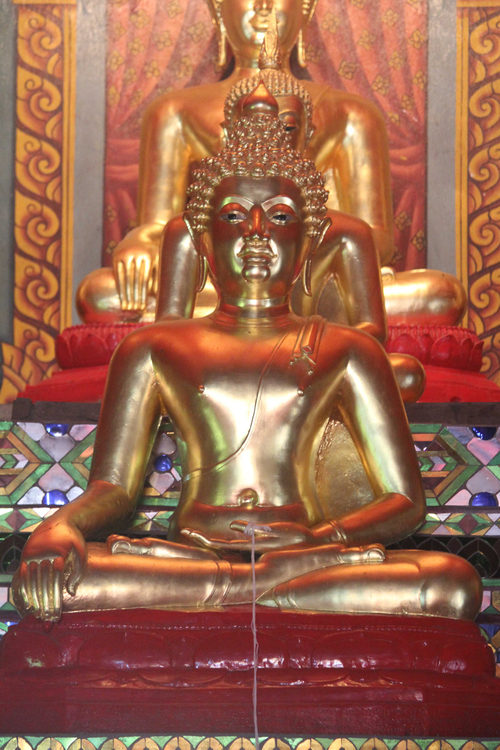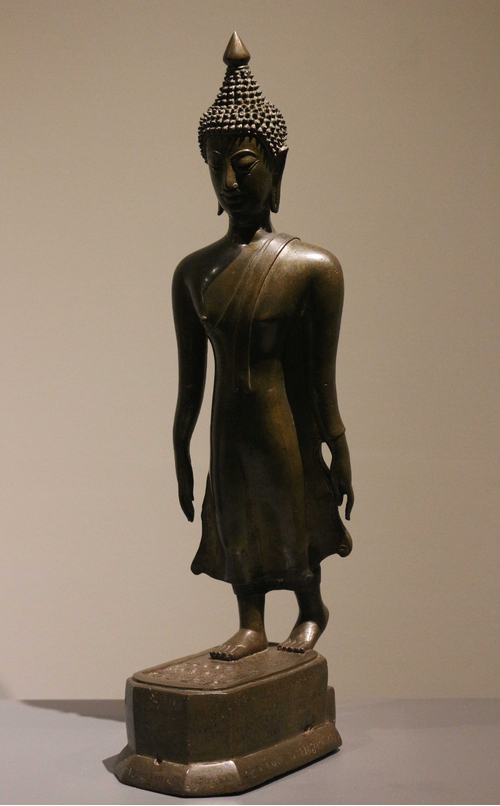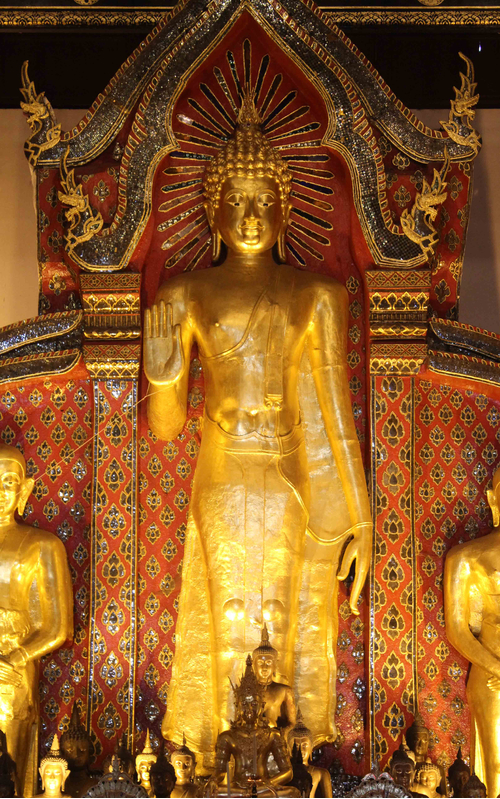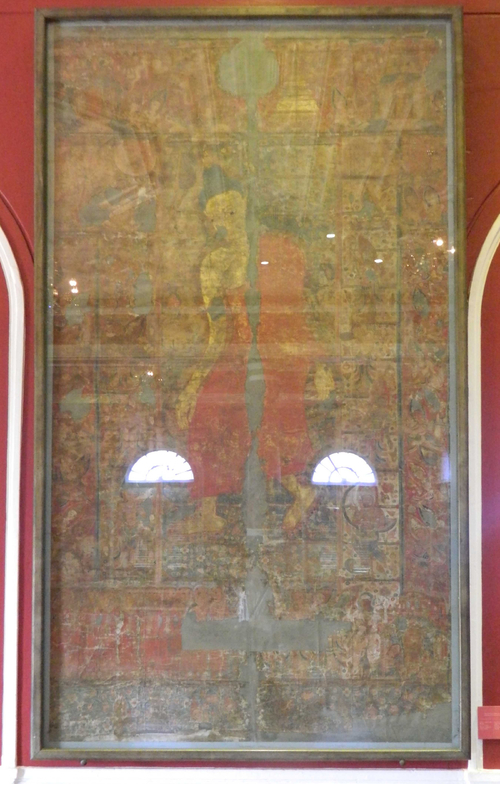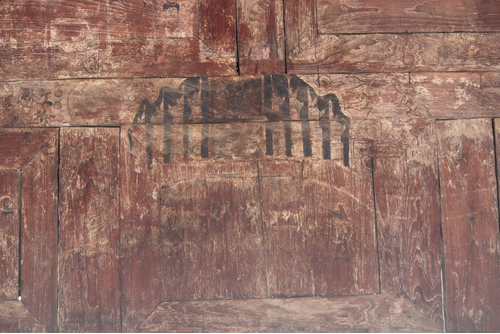Arts in Southeast Asia
ฐานข้อมูลศิลปกรรมในเอเชียตะวันออกเฉียงใต้
ศิลปกรรมยอดนิยม
Most Popular
ศิลปกรรมล่าสุด
Latest
Minaret of Masjid Kampong Kling
The Southeast Asian-styled mosques are different from Indian or Persian masjids. The mosque has a square plan with 4 pillars supporting the sloping roof with the wooden beam supporting the tile roof without any dome. Other interesting point is the minaret that has stacked body with the Chinese sloping roof at the top. The shape of the minaret is similar to Chinese pagoda. At the same time, the minaret is also look alike the Dargarh type tower in Nagapattinam in South India
Dutch Colonization Period
17th – 18th century
Architecture
ArchitecturePrasat Ban Bu
A rectangular building stretching east-west with a front entrance which is facing east. The back is the building of the prasat which is divided into a square-shaped room.As for the construction or the entrance door frame, sandstone with four flower petals were originally used by turning the engraved sandstone on the inward. The reuse of materials of older arts is similar to Prang Hin Daeng at Prasat Hin Phimai. In addition, a large lotus peak joining arts with Bayon was found. This is similar to the gopura’s peak of Prasat Preah Khan in Cambodia. The connected southern walkway has three window portholes and one hole at the porch on the north. The upper part is dense and almost completely ruined. There is a curved roof over the walkway built between the prasat’s building and the porch.
SculpturePhra Buddha Sihing
This Buddha image sits in a half-lotus seat on a lotus base displaying the meditating gesture. It has an oval face, small knot hairs, high ushnisha, high flame halo, look down eyes, slightly open mouth, knot jaw, symmetrical body, oblique robe and large split ends centipede fang shaped sanghati.
SculpturePhra Buddha Sihing
This Buddha image sits in a full-lotus seat on a lotus base in the octagon plan and shows subduing mara posture. It has a round face, big knot hairs, ushnisha with lotus shape on top, look straight eyes, slightly open mouth, fat body, oblique robe and short split ends centipede fang shaped sanghati above chest.
SculptureThe Subduing Mara Buddha image with inscription
This Buddha image sits in a full-lotus seat on a lotus base in the octagon plan which is cast stick with the Buddha image, and shows subduing mara posture. It has a round face, big knotted hair, high ushnisha with lotus shape on top, look-straight eyes, slightly open mouth, knotted jaw, fat body, oblique robe, short split ends centipede fang shaped sanghati above chest, The bottom base has four rows of inscriptions, numbers and horoscopes in Pali and Thai languages with the Lanna alphabets.
SculptureThe Foot Stamping gesture Buddha image
This walking gesture Buddha image has a small face, big knotted hair, very high ushnisha with lotus shape on top, look-down eyes, slightly open mouth, slim body, sanghati reaching belly, both hands let down the side of the body and right foot stamp on a base. There are three footprints.
SculptureThe Main Buddha Image
This Buddha image is in the standing gesture displaying the Abhaya Mudra. It has round face, big knotted hair, flaming halo, look-down eyes, slightly open mouth, knotted jaw, chubby body, oblique robe, and the sanghati reaching belly and waistcloth.
PaintingPhra Bot of Wat Dok Ngeun
This Phra Bot tells the story of Lord Buddha descending from the Dao Deung (Tavatimsa) Heaven to Sangkasa city. There were many colors used; green, blue, red, white, yellow and black. It was gilded only at the Lord Buddha. It was divided into four parts, the top part is the Dao Deung Heaven showing pictures of Devas (angels) paying respect with Parichart Trees, Chulamanee chedi and two vimans. The second floor is the picture of a large Buddha, descending from the crystal stairways with both the sun and the moon flanking. The third floor displays the surrounding atmosphere in Sangkasa. At the bottom one is a picture of water, the Nagas and Human beings with the background of Montharop flowers with inscriptions in various positions
PaintingThe mural painting in Vihara Nam Tam
The style of painting in Nam Tam Vihara featured red, green, yellow, black and white, with the prominent people figures dressed in Burmese style, while the common villagers dressed in the folk Lanna and Burmese styles. The landscape paintings used the curve line to divide the picture. There are Lanna alphabet inscriptions on the story of Indra and Samavadee. There is a painting of Triphum story which is displayed as a pole in the middle of Indra's Prasat in heaven with the sun and the moon revolving around it.



